| Spice | Description | Taste Profile |
|---|---|---|
| Cumin | A staple in many curries, especially Indian ones. | Earthy, nutty, slightly smoky |
| Coriander | Often paired with cumin for a balanced flavor base. | Citrusy, sweet, warm |
| Turmeric | Adds vibrant color and subtle warmth. | Earthy, slightly bitter |
| Chili Powder | Controls the heat level in most curries. | Spicy, rich, bold |
| Garam Masala | A finishing spice mix used in North Indian dishes. | Warm, complex, aromatic |
Introduction: Master Curry Like a Pro
Curry is more than just a meal—it's an experience. From Thai green curry to Japanese kare raisu, this beloved dish combines spices, aromatics, and heartiness in a way few foods can match. Whether you're a beginner or experienced cook, these 7 expert tips will help you create restaurant-quality curry at home.
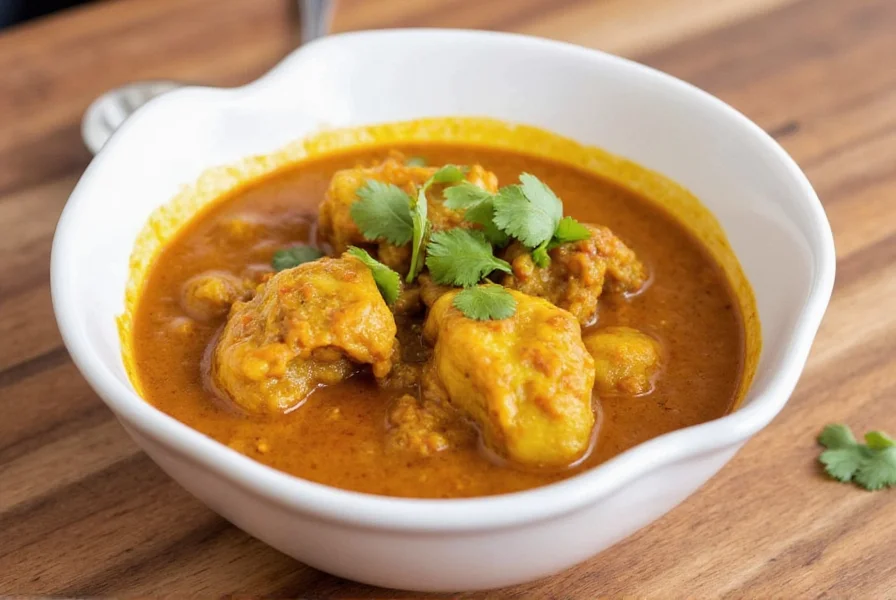
Spice Basics for Curry Lovers
The soul of any great curry is its spices. While curry varieties differ globally, they all share a foundation of warm, earthy seasonings that create layered flavors.
The Spice Lineup You Should Know
| Spice | Description | Taste Profile |
|---|---|---|
| Cumin | A staple in many curries, especially Indian ones. | Earthy, nutty, slightly smoky |
| Coriander | Often paired with cumin for a balanced flavor base. | Citrusy, sweet, warm |
| Turmeric | Adds vibrant color and subtle warmth. | Earthy, slightly bitter |
| Chili Powder | Controls the heat level in most curries. | Spicy, rich, bold |
| Garam Masala | A finishing spice mix used in North Indian dishes. | Warm, complex, aromatic |
Secret #1: Choose the Right Curry Powder
Not all curry powders are created equal. The type you use dramatically changes your dish's personality:
- Indian Curry Powder: Rich, warming, perfect for lentils or meat dishes.
- Japanese Curry Powder: Milder, sweeter, ideal for deep umami sauces.
- Thai Green/Yellow Curry Paste: Paste-based blend with fresh herbs like lemongrass and kaffir lime leaf.
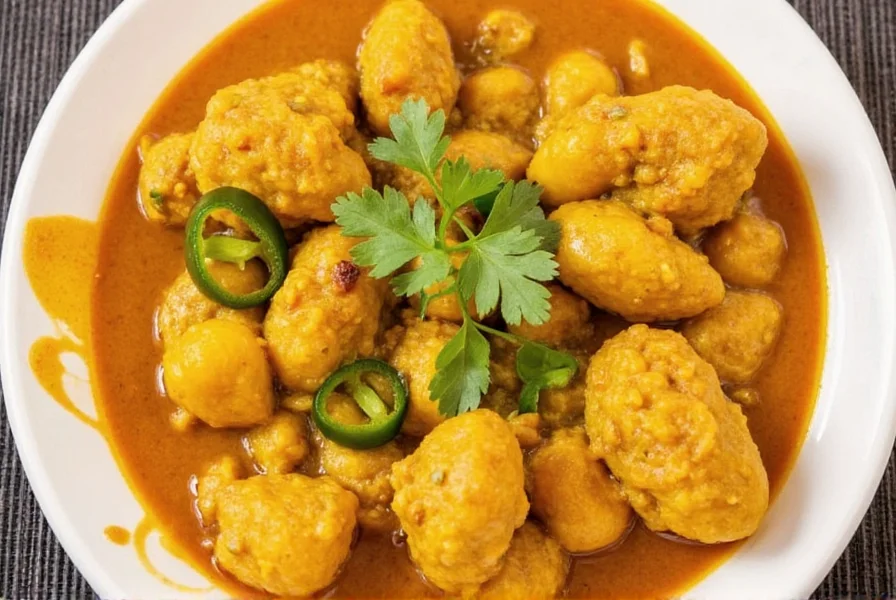
Secret #2: Toast Your Spices Before Cooking
This overlooked trick unlocks deeper, richer aromas. Toasting whole spices (cardamom, cinnamon, mustard seeds) in oil before adding them releases their full potential.
"Toast first, then bloom in oil for maximum impact."
Secret #3: Coconut Milk Adds Creamy Perfection
For Southeast Asian and Caribbean curries, full-fat coconut milk balances heat and adds luxurious texture. Add it toward the end of cooking to prevent splitting.
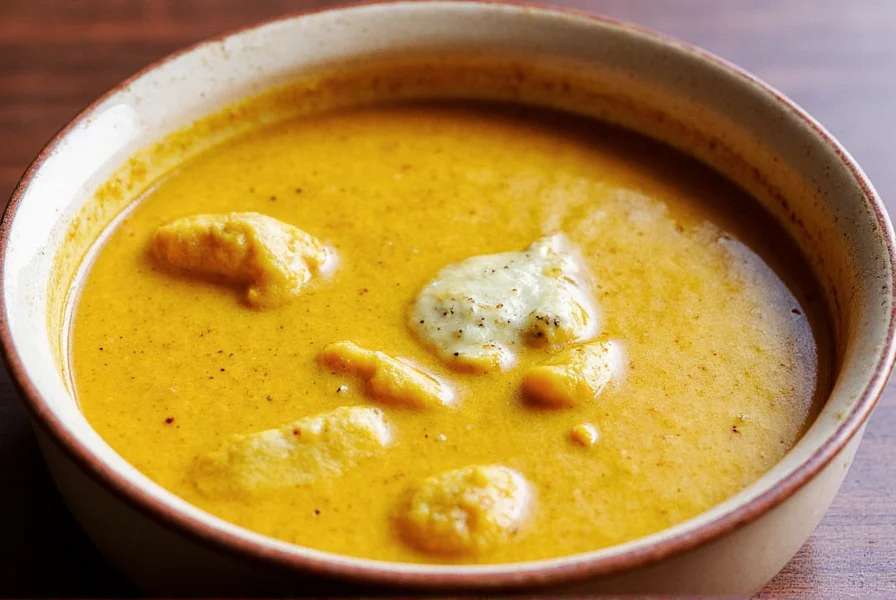
Secret #4: Pair with the Perfect Protein
- Chicken: Mild and absorbs flavors well—ideal for beginners.
- Lamb or Goat: Rich and hearty, perfect for slow-cooked dishes like Rogan Josh.
- Tofu: Great for vegan versions; marinate first for extra depth.
- Shrimp: Cooks quickly and pairs beautifully with tropical flavors.
Secret #5: Fresh Herbs Bring It All Together
Final garnishes like cilantro, Thai basil, or lime juice brighten heavy, spiced dishes and balance flavors.
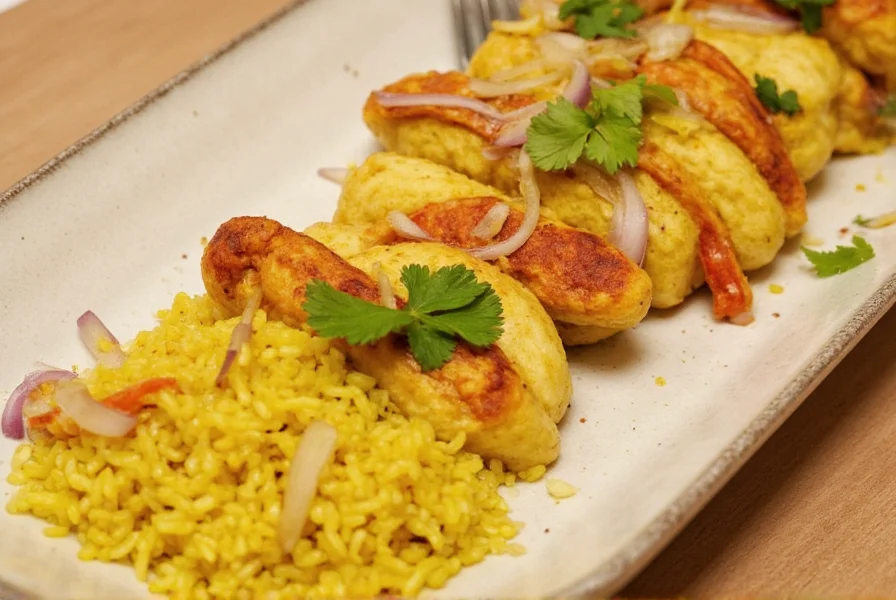
Secret #6: Slow Simmering Builds Flavor
Let your curry simmer gently for 30-60 minutes to meld spices, tenderize proteins, and deepen complexity. Use a Dutch oven or slow cooker for best results.
Secret #7: Balance Sweet, Sour, and Heat
- Sweetness: Add pinch of sugar or honey to offset heat.
- Acidity: Use lemon juice or vinegar for brightness.
- Heat: Adjust chili levels gradually and test as you go.
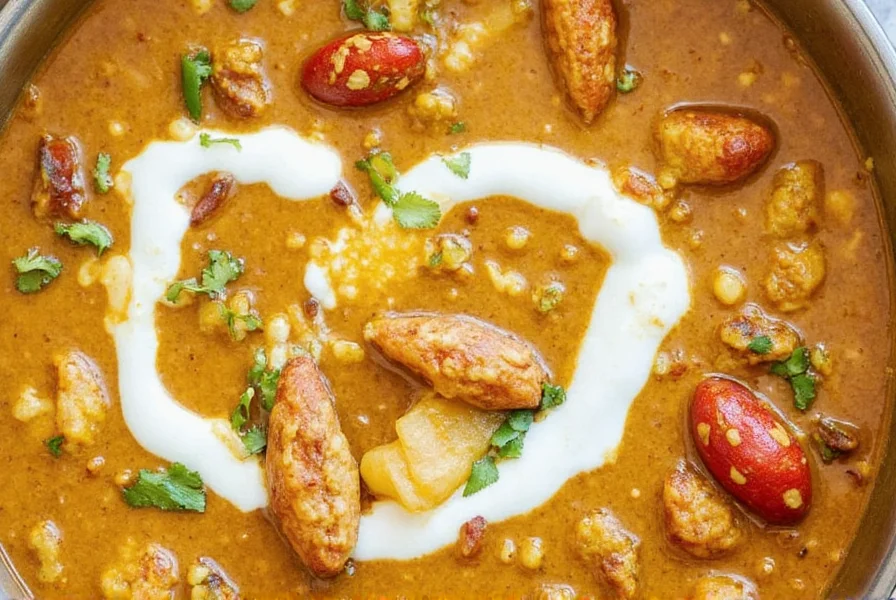
Buying Guide: Must-Have Curry Essentials
| Product | Description | Use Case | Best For |
|---|---|---|---|
| Cast Iron Skillet | Perfect for toasting and blooming spices evenly. | Dry roasting spices before adding liquids | Home cooks looking for professional results |
| Mortar and Pestle | Crushes fresh herbs and toasted spices for intense flavor. | Making curry pastes from scratch | Traditionalists and spice lovers |
| Coconut Milk (Full Fat) | Essential for creamy curries without dairy. | Adding body and richness to curry | Vegans and lactose-intolerant individuals |
| Garam Masala | A warm, aromatic spice blend used to finish dishes. | Last-minute seasoning boost | North Indian-style curries |
| Fish Sauce | Umami-rich liquid for Thai and Vietnamese curries. | Flavor enhancer in savory dishes | Seafood and noodle-based curries |
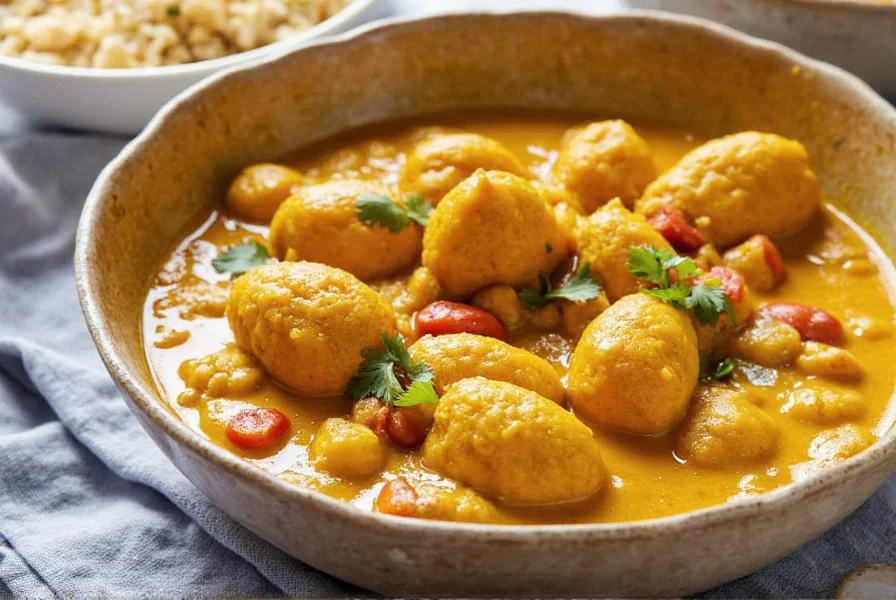
Frequently Asked Questions About Curry
Here are answers to common questions about making delicious curry:
What is the difference between curry powder and curry paste?
Curry powder is a dry blend of ground spices, while curry paste contains fresh ingredients like lemongrass and chilies. Curry pastes (common in Thai cuisine) are more complex and aromatic, while curry powders (common in Indian cuisine) are shelf-stable and versatile.
Can I make curry without coconut milk?
Yes! Indian curries often use yogurt, cream, or tomato-based sauces. Try broth, cashew cream, or mashed potatoes for thickness. The key is finding a liquid base that complements your spices.
How can I reduce spiciness if my curry is too hot?
Add coconut milk or cream to dilute heat, stir in sugar or honey, mix in yogurt or lemon juice, or add more vegetables/protein. Heat will mellow as it sits.
How long does homemade curry last in the refrigerator?
Stored in an airtight container, curry lasts 3-4 days in the fridge. Many curries taste better the next day. Freeze for up to 3 months; reheat thoroughly before serving.
What's the best way to store leftover curry powder or spices?
Store in airtight containers away from heat, light, and moisture. Whole spices last up to 4 years; ground spices 1-2 years. Curry powders should be used within 6-12 months for peak flavor.
Can I make curry in a pressure cooker or Instant Pot?
Yes! Use the sauté function to toast spices and brown meat first, then pressure cook for 15-25 minutes. Add coconut milk after pressure cooking to prevent separation.
Conclusion: Curry is a Culinary Adventure
At its core, curry represents cultural heritage and the joy of sharing meals. Whether you're cooking for yourself or impressing guests, mastering curry means embracing technique and passion. Grab your spices, fire up the stove, and let those aromas fill your kitchen. With these 7 secrets, you're ready to cook like a pro and enjoy every spoonful.

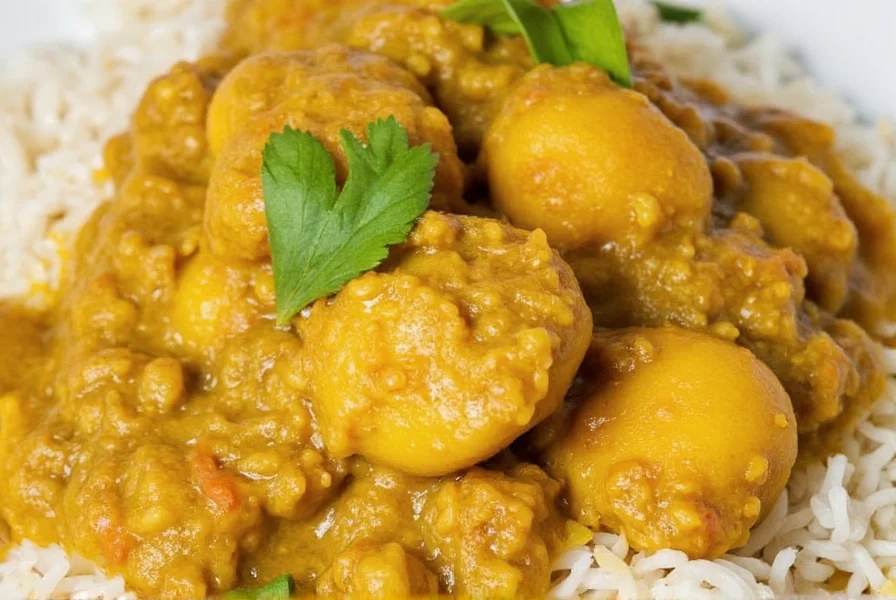









 浙公网安备
33010002000092号
浙公网安备
33010002000092号 浙B2-20120091-4
浙B2-20120091-4